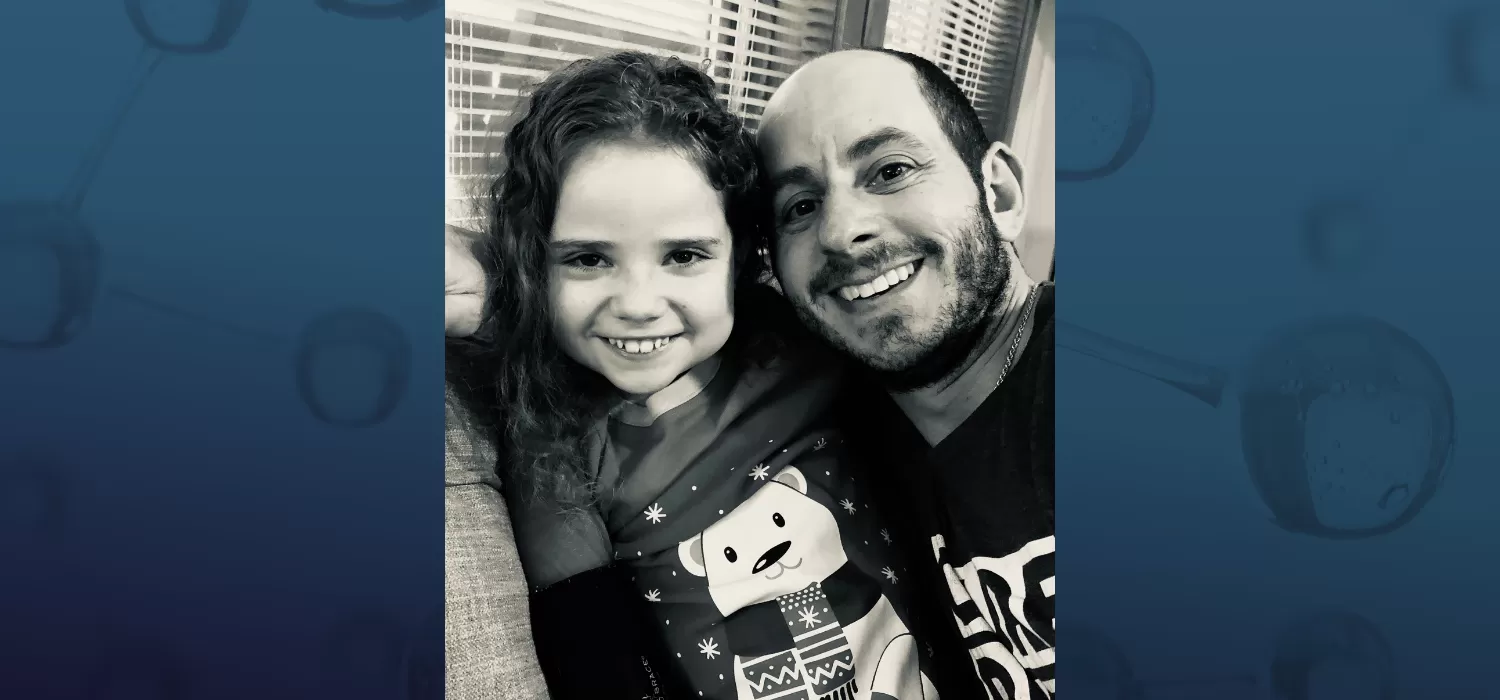Help your loved one's clinicians practice patience

I’m a Rett syndrome dad and an infectious disease doctor. A few weeks ago, as the work day was coming to an end, I received one last consult. I met this gentleman in his room, but prior to seeing him at the bedside, I reviewed his chart and saw that he has ALS (amyotrophic lateral sclerosis, also known as Lou Gehrig's disease). He is non-verbal but had a handheld device that he could write on to communicate with others. Obviously, I took the time to listen to his problems in detail. At the end of the interview and exam, the patient wrote, "Thank you for your patience."
I teared up at the bedside. I then told him about my daughter, Ema, who is 10 years old and has Rett syndrome (she and I are pictured above). I explained that she is non-verbal and uses an eye-gaze device to communicate. He knew what a Tobii was, and at that moment we had a mutual understanding of each other.
He then wrote "God Bless Her." I choked up and was unable to talk for a few seconds.
There are many kinds of clinicians in this world, and we are all constrained by the pressures of our job, as much as we want to help every patient. I know that many people might rush through an encounter with this patient because he needed a little more time to express himself. But I was glad to be able to recognize that fact, which allowed me to spend the time with him so he felt like he was important, and that his needs and issues were being addressed. Ema taught me that.
Your child’s clinicians likely don’t have the deep experience with Rett that I have, or they may be so focused on their work that they forget to take extra time to pay attention when treating your child. Here are some tips that, as a clinician and a Rett parent, I think might be helpful when communicating during a doctor’s visit.
- Let the clinician know that your child CAN communicate and provide a brief, but concise, description of what that looks like. Your physician will be appreciative of the input, and this should make the entire encounter much smoother for both the patient and the clinician.
- Describe your child’s “yes” answer to the medical staff. For my daughter, this includes eye contact or a smile. Be specific, as this will be important for everyone that cares for your child (doctors, nurses, food and nutrition, housekeeping, etc.).
- Try to ask yes/no questions and let the clinician know that they need to give your child time to answer.
- Ask the clinician to not repeat the same question over and over. This will make things more complicated and severely limit appropriate responses.
- As a parent or caregiver, remember that you are your child’s communication partner. Parents and caregivers know the person the best and are a wealth of knowledge about how to approach and interact with them.
- Remind the clinician to presume competence. We know that our children can understand and communicate many things.
- Take your time – this is a reminder for both the clinician and you!
Even though she communicates in a different way, I learn from Ema every day. It is moments like the one I experienced with that patient that make me take a step back and appreciate the lessons that my daughter taught and continues to teach me.


